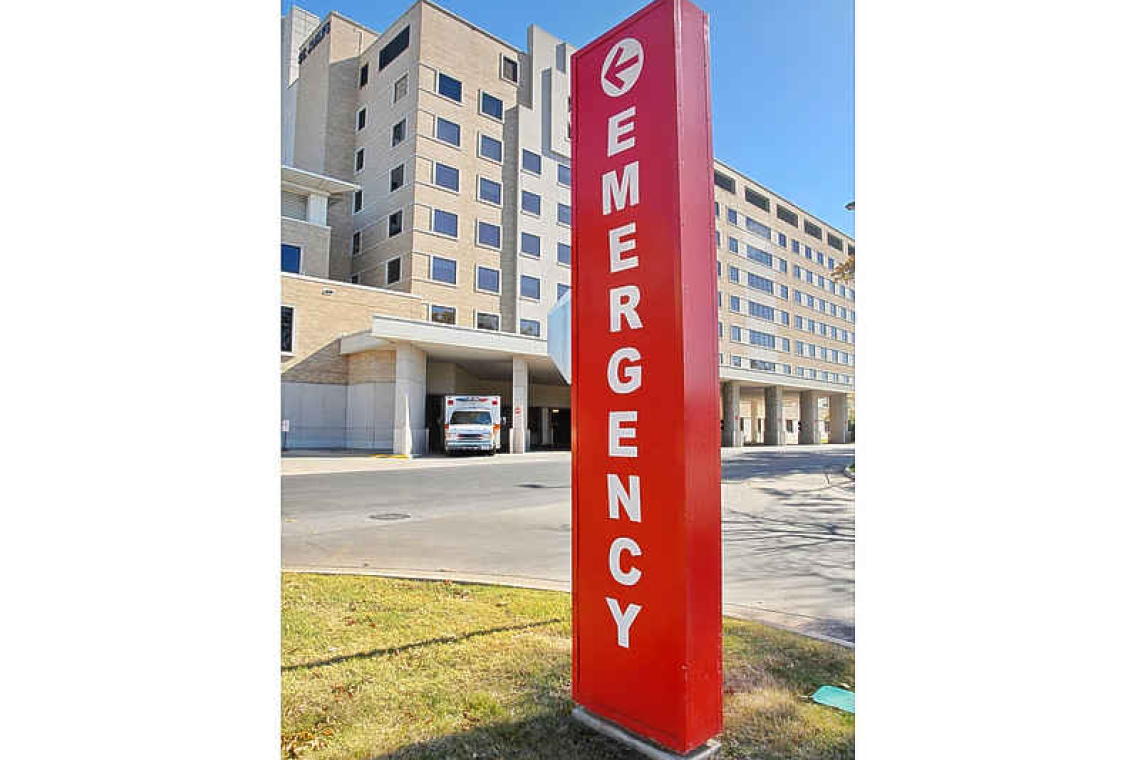By Dr. Colin Michie FRCPCH University of Central Lancashire.
The most common drug allergy noted in collections of medical records in any community is an allergy to penicillin. However, this is not an accurate or life-long diagnosis for everyone. It needs to be checked carefully, because of new microbial threats.
As kids, we were always jealous of one of our classmates who was allowed to wear his chunky metal bracelet to school. It had a red label, complete with a skull and crossbones, declaring “CAUTION – Allergic to Penicillin”. True allergies to the penicillin antibiotics can be serious. If an individual with a penicillin allergy is exposed again to this group of antibiotics, they can suffer a severe drug reaction – anaphylaxis. This causes a massive release of histamine and other mediators that leads to swelling of the tongue and face, an itchy rash, difficulty breathing and a fall in blood pressure. This is a medical emergency. If you suspect someone is suffering anaphylaxis, an ambulance should be called as resuscitation is likely to be necessary. If care is delivered rapidly, all will be well and the allergic individual will recover.
Thankfully, anaphylaxis responses to penicillin are very rare. Many of these happen unexpectedly in patients who had no previous record or knowledge of a reaction to penicillin. Another way of looking at the risks from penicillin is to examine patients with acute rheumatic fever, or sickle-cell anaemia. Both these conditions require daily treatments with penicillin, for life. Allergic reactions to penicillin in these carefully tracked patients are, again, very rarely reported.
Penicillin antibiotics, in particular benzylpenicillin, have delivered massive strides in medical care, saving lives and preventing disability. This antibiotic can be given as a single injection into muscle; it persists at high levels that allow effective treatment of pneumonia, meningitis, syphilis, gonococcus, streptococcal and throat infections. Penicillin prevents microbes building their cell walls: a valuable strategy. Penicillin was originally derived from fungi that uses this molecule for self-defence. It has proved relatively easy to manufacture and use safely in Hospitals and communities. Many variants of the first penicillin have been developed, along with new classes of antimicrobials that work in different fashions. However, for some illnesses, such as sickle cell anaemia or acute rheumatic fever, penicillin remains the first antimicrobial of choice.
Why are notes of penicillin allergy in medical records so inaccurate? There are different reasons. They are often diagnosed by doctors in youngsters with rashes and wheezing, who were prescribed penicillin for an illness. When these children recover, most do not have any check or test of this new “allergy”. But their rash and wheeze may have been a result of their infection, not the penicillin. For instance, enteroviruses – of which there are many – frequently cause rash and wheezing. Glandular fever, or Epstein-Barr virus, often causes a rash in those treated with amoxycillin. Furthermore, not all reactions to penicillin are allergic ones: rashes in particular have many causes. Finally, it appears that many with an allergy to penicillin lose their sensitivity to these antibiotics over time: it is not always a life-long condition.
Specific tests performed on those, who think they have penicillin allergy, show that over 80% are negative! My discovered after over thirty years that he was not allergic to penicillin at all when he was tested! At the time of an illness, penicillin allergy is not an easy diagnosis. Concerned families, however, readily purchase bracelet or necklace alerts to try to protect their relatives. Some adults in this position invest in a warning tattoo! This particular risk should be reviewed in clinic, possibly with a blood test and challenge test under the supervision of a clinical team.
You will ask why any of this matters? The really frightening problem is that microbes evolve particularly rapidly. Our communities and medical centres today commonly contain organisms that have recently developed new abilities, resilience and often resistances to several antibiotics. Patients treated with non-penicillin antibiotics in a Hospital or clinic because of their “Penicillin Allergy” have been found more likely to develop infections with these. As a consequence, they require longer treatments, suffer more complications, adverse reactions and therefore greater expense than would be the case if penicillin was used. Such treatments may also perpetuate the spread of multi-resistant microbes.
If you think you have a penicillin allergy, or know someone who has, it would be wise to check this with a doctor. Removing this label might be of great benefit to you and to others. Most with a label of “Penicillin Allergy” will be able take courses of these antibiotics safely. Hopefully this is a reassuring message for you or your family! This information may just help make any future medical care they require more straightforward.
Useful resources:
https://www.nhs.uk/conditions/anaphylaxis/
https://www.cdc.gov/antibiotic-use/clinicians/Penicillin-Allergy.html
Dr. Colin Michie is currently the Associate Dean for Research and Knowledge Exchange at the School of Medicine in the University of Central Lancashire. He specializes in paediatrics, nutrition, and immunology. Michie has worked in the UK, southern Africa and Gaza as a paediatrician and educator and was the associate Academic Dean for the American University of the Caribbean Medical School in St. Maarten a few years ago.







